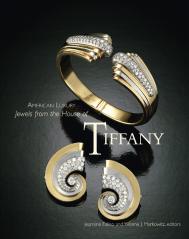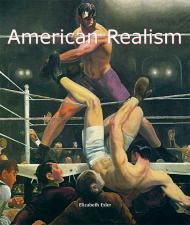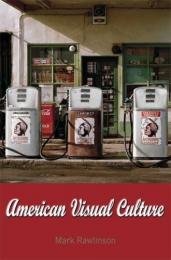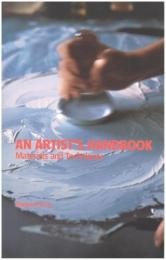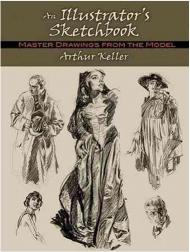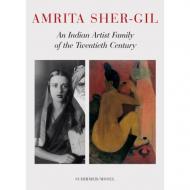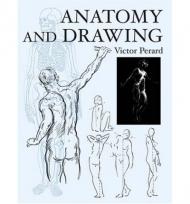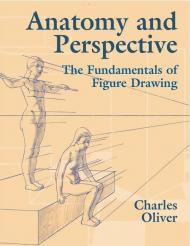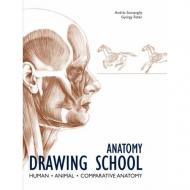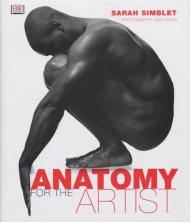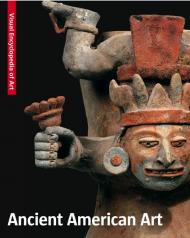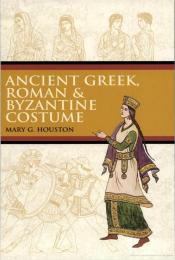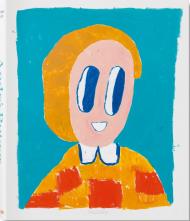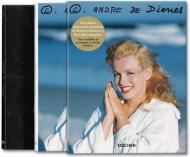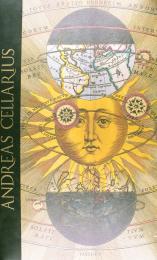The firm of Tiffany & Co. has long been regarded as America's premier maker and retailer of fine luxury goods. This is especially true in the case of jewellery, an area in which the company emerged as an arbiter of taste and style by the mid-19th century. Charles Lewis Tiffany, one of the founders of the firm, was astutely aware of the desire of newly emerged elites for high-style jewels that would rival those owned by European aristocrats. A savy entrepreneur, Tiffany would eventually purchase part of the French Crown jewels for his American clients, selling them along with outstanding diamonds, precious gem-set jewellery, and Swiss-made watches. All would bear the company's mark and by the end of the 19th century, the brand was firmly established.
While Tiffany & Co. lavishly met the luxury needs of America's well-to-do, they also passionately developed an American style, promoting American materials and motifs. Their displays at the International Expositions met with great success, further increasing their reputation in the world-wide market. They were also quick to adapt technological advances, including the raised diamond mount ("Tiffany setting"), new diamond-cutting techniques, and a system of hallmarking. Charles Lewis Tiffany's successors in the 20th century continued to create extraordinary adornments designed by outstanding artists such as Louis Comfort Tiffany, Jean Schlumberger, Angela Cummings, Elsa Peretti, and Paloma Picasso. This book, through a series of original essays, pays tribute to the firm's enduring ingenuity.
